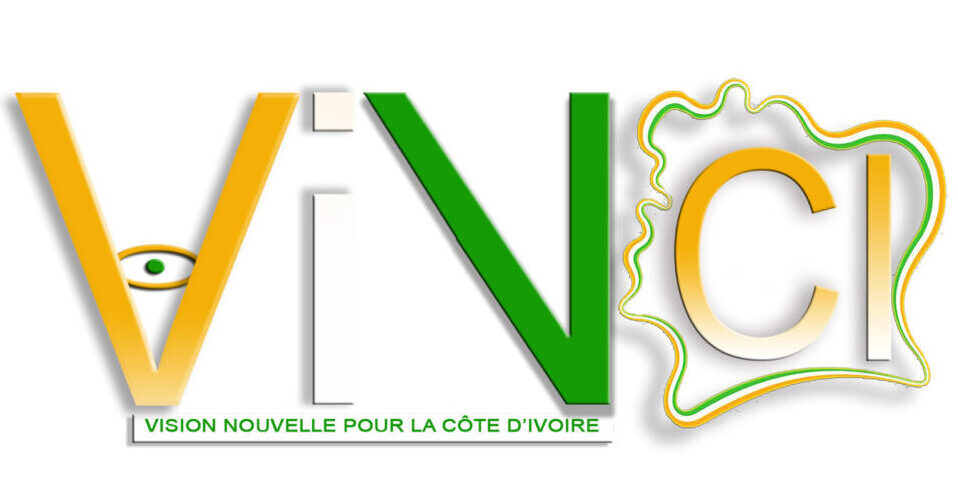In the kaleidoscope of modern communication, online broadcasts have emerged as the vibrant hues shaping the future of news. The canvas of news dissemination, once confined to traditional media, is expanding into the boundless realm of the digital. Online transmissions, with their immediacy and interactivity, are rewriting the narrative of how societies form opinions and engage with the world.
The immediacy of online broadcasts is akin to a magic carpet, whisking audiences to the heart of global events in the blink of an eye. Natural disasters, political upheavals, cultural celebrations – the world’s tapestry unfolds in real-time. This instantaneous connection transcends borders, weaving a sense of shared experience among viewers. The power to witness history as it is made fosters empathy and understanding, bridging the gap between disparate cultures and perspectives.
Yet, within this digital symphony, a cacophony of voices competes for attention. The rise of citizen journalism, while democratizing information, blurs the distinction between fact and fiction. Navigating this digital labyrinth necessitates media literacy – an essential skill equipping individuals to discern credible sources from misinformation. In this age of information overload, the ability to critically analyze content is a beacon guiding us through the fog of digital noise.
The interactive nature of online broadcasts transforms news consumption into a communal affair. Social media platforms, seamlessly integrated with live streams, serve as agora-like spaces for public discourse. Viewers metamorphose into active participants, engaging in spirited debates and discussions. This interactive dialogue not only enriches perspectives but also challenges entrenched beliefs, fostering a vibrant marketplace of ideas.
Looking ahead, the horizon of online broadcasts appears limitless. Virtual Reality (VR) technologies promise immersive experiences, where viewers step into the shoes of journalists, exploring news events in three-dimensional spaces. Augmented Reality (AR) applications enhance real-world environments with digital overlays, providing context and depth to unfolding stories. Artificial Intelligence (AI), driven by algorithms, might personalize news feeds, ensuring tailored yet diverse content tailored to individual preferences.
However, these advancements raise ethical quandaries. Privacy concerns, data security, and the responsible use of AI technologies cast long shadows. Balancing innovation with ethical integrity is imperative to preserve the sanctity of news dissemination. As custodians of truth, society must navigate these ethical dilemmas to safeguard the authenticity of information in the digital age.
In conclusion, the future of news, guided by online broadcasts, is a canvas painted with innovation, challenges, and boundless potential. Its influence on public opinion is profound, shaping narratives, beliefs, and societal attitudes. As we step into this uncharted territory, nurturing media literacy, encouraging critical thinking, and fostering ethical journalism will be the compass guiding us through the labyrinth of the digital age. If you have any queries concerning exactly where and how to use free tv, you can get hold of us at our own web site. The future of news is not just a technological evolution; it is a societal odyssey, a collective venture toward a more informed, empathetic, and interconnected world.

No responses yet